April 2, 2022, GE
aviation
The Singapore-based facility has become the first licensed to maintain, repair and overhaul (MRO) commercial jet engine components using additive manufacturing techniques.
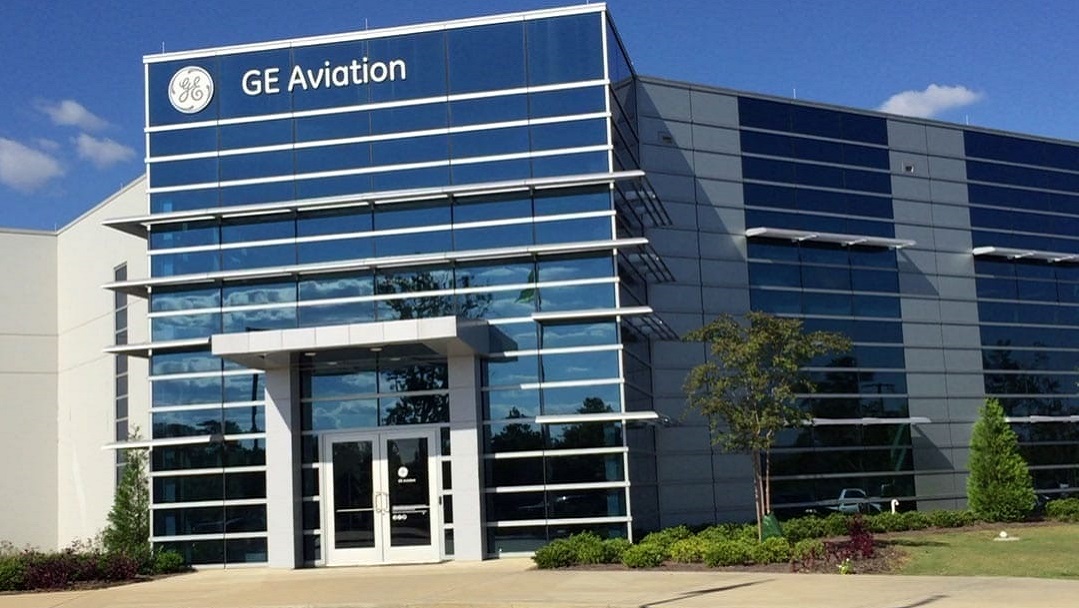
Chen Keng Nam, Associate Principal of GE Aviation Singapore Engine Services (GE AESS), said: “This disruptive technology can be used in many areas, not just aviation. Now designers are harnessing this capability to produce New designs previously unimaginable or fabricated using traditional methods.”
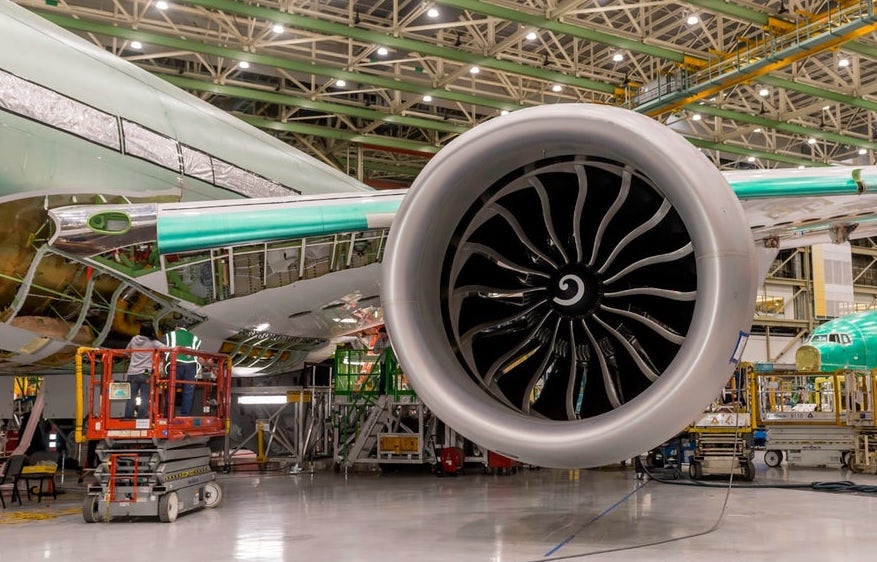
GE Aviation’s3D printingTechnology
Additive manufacturing has played a key role in the development of the next-generation GE9X engine, which GE has been working on since 2013, since it first employed additive manufacturing inside the GE90 engine.
In 2020, Boeing completed the maiden flight of a 777X jet powered by two GE9X engines, both equipped with more than 300 3D-printed parts. In addition to engines, GE Aviation is also deploying additive manufacturing for other aircraft components, delivering its 100,000th 3D printed LEAP engine fuel nozzle last August.
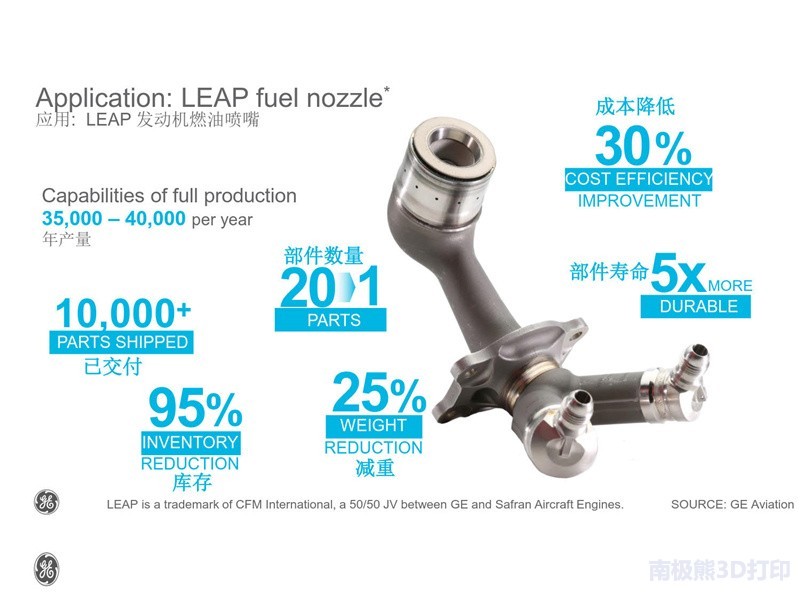
Regarding maintenance, GE Aviation is already using3D printing technologyRepair components for the CF6 engine, the most reliable and best-selling commercial engine on wide-body aircraft. Their next goal is to use additive manufacturing to repair components for the CFM56 engine, which is said to be the best-selling engine in commercial aviation history.

for aviation
aerospace
3D printing for repairs
When repairing old parts, since each part wears differently during use, repairs must be tailored to each part, a capability that can be achieved through 3D printing. Additive manufacturing for repairs also enables new levels of sophistication and offers great potential in this area.
Iain Rodger, general manager of GE AESS, said, “In this part of the supply chain, our customers value faster turnaround times, and that’s exactly what we’re achieving. Using our
Concept Laser
M2 Metal 3D Printingaircraft, often cutting our time to repair these aircraft parts in half. “
One example of GE Aviation’s use of 3D printing is in the repair of high-pressure compressor (HPC) blades, which operate at high speeds inside aircraft engines with narrow clearances. These blades are subject to regular wear and require long-term ongoing maintenance and replacement, which traditionally involves a lengthy process of cutting, welding and grinding to create the proper part shape.
To make the repair of HPC blade tips more efficient, GE Aviation has developed an automated additive manufacturing process that saves time and costs in labor and machining.The process utilizes an image analysis
software
mapped out the shape of the old blade, and made it for GE’s Concept Laser M2 3D printerCreate custom instructions to fabricate a new blade tip. The 3D printed part can then be completed with minimal additional machining.
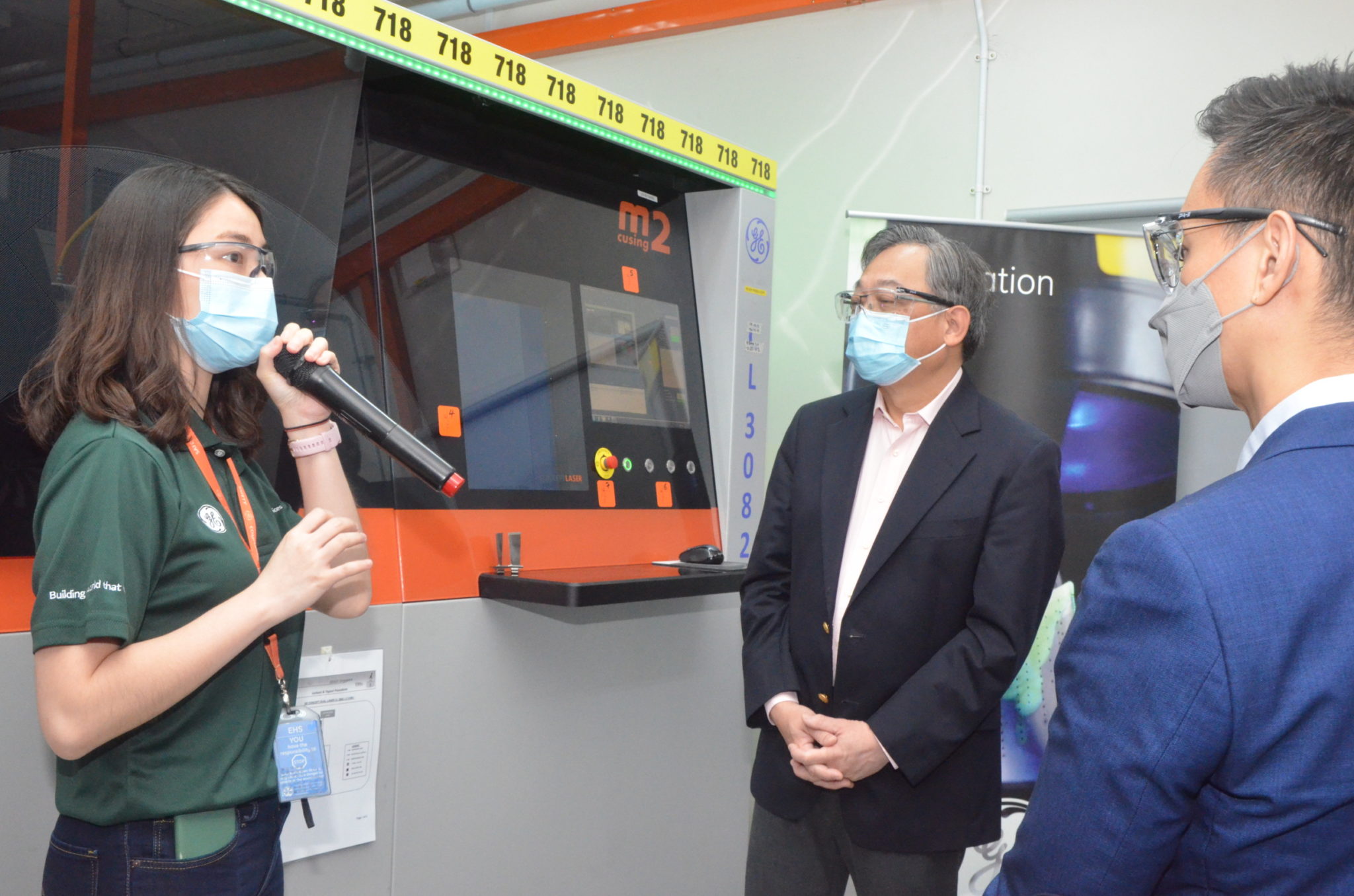
“Productivity has increased, and our employees are able to repair twice as many parts in a day compared to traditional repair processes,” Rodger said.
post-processing
Less equipment is also required, so the floor space required is reduced by a third. Beyond that, we’re currently evaluating what we’re going to do in terms of turbine components and components other than compressors. “
In addition to faster turnaround times, deployment for aircraft parts maintenanceMetal 3D PrintingThere are also sustainable benefits.
Rodger added: “For me, one of the great advantages of additive manufacturing is its sustainability, which will allow us to repair more parts and throw fewer parts in the bin and use less of
energy
, produce less waste, and have a smaller carbon footprint. Repairability is an important part of the sustainability journey. This will only increase as the industry expands and new technologies develop.”
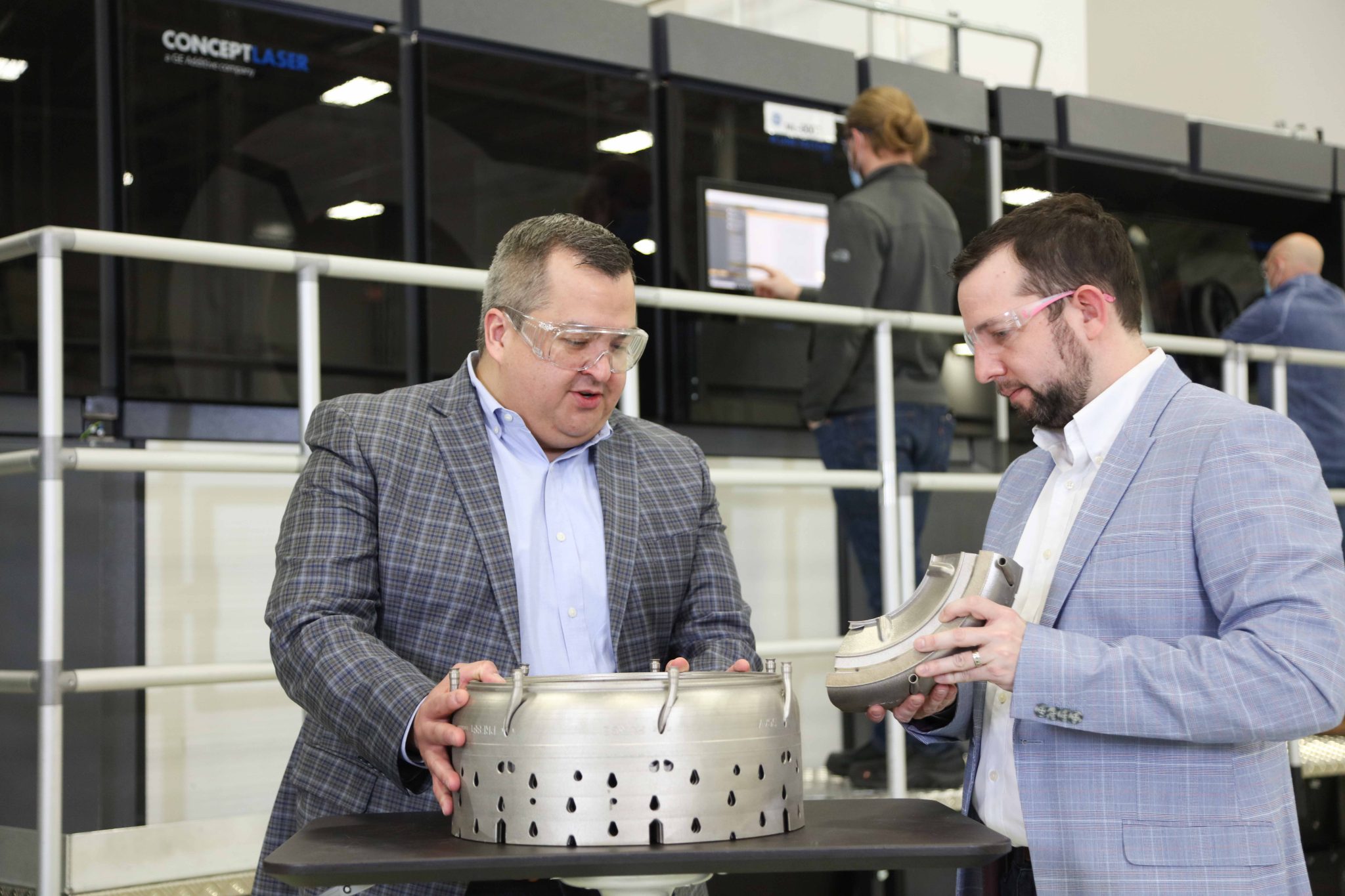
Approved for Additive Manufacturing Repairs in Singapore
The Singapore Economic Development Council supports GE Aviation to bring metal additive manufacturing for aircraft maintenance into the country.Additionally, the Singapore team fine-tuned the repair process, designed tools to efficiently prepare and print parts, and then3D printing technologyExtensive testing is carried out to ensure the quality and safety of the parts.
In 2020, GE Additives developed a pilot production line and automated powder recovery system to simplify repair operations, however this was delayed for some time by the COVID-19 pandemic. The following year, the team was ready to start a full-scale production line for repairing HPC blades.
The GE Aviation Singapore team found that using the Concept Laser M2Metal 3D Printernot only can the part be repaired faster with less floor space, but the repaired blade is very close to the final ideal shape, requiring significantly less labor and equipment to achieve the finished part.
“Additive manufacturing gives us the speed and productivity that requires less floor space,” Ngiam said.Metal 3D PrinterA lot of careful consideration was given to integration into other parts of the repair line. We completed an assessment of which parts of the repair we should leave out, which parts could benefit from additive manufacturing, and what other changes we need to make to the repair process to make sense. “
Additionally, the GE Aviation team has established a robust quality assurance process to ensure that the additive manufacturing repair process can be approved for final part production. Currently, Singapore now has approval to use the metal additive manufacturing repair process to repair commercial jet engine components.
Compiled from: 3dprintingindustry
(responsible editor: admin)


0 Comments for “GE Aviation receives approval in Singapore to repair aircraft engine components with additive manufacturing”